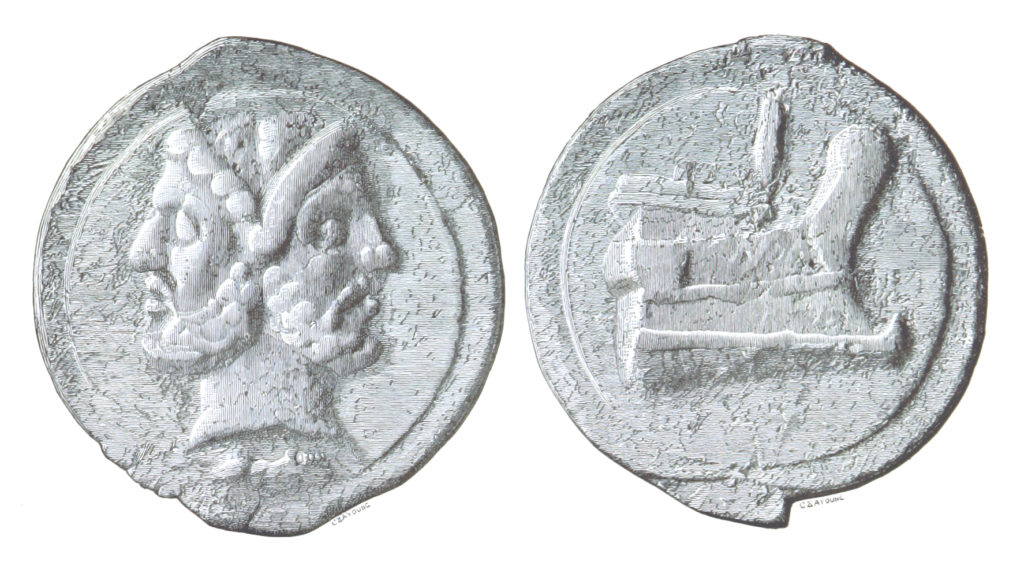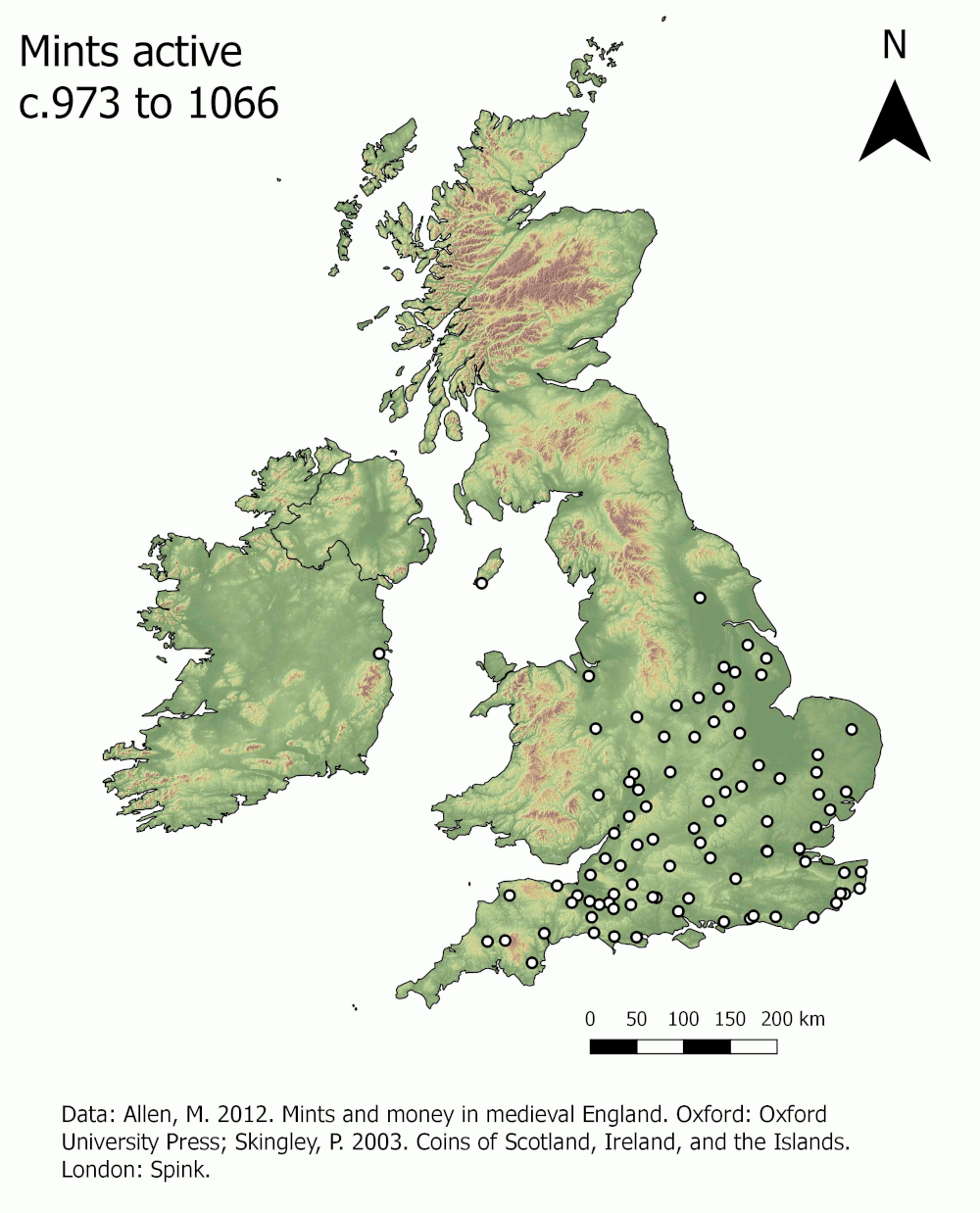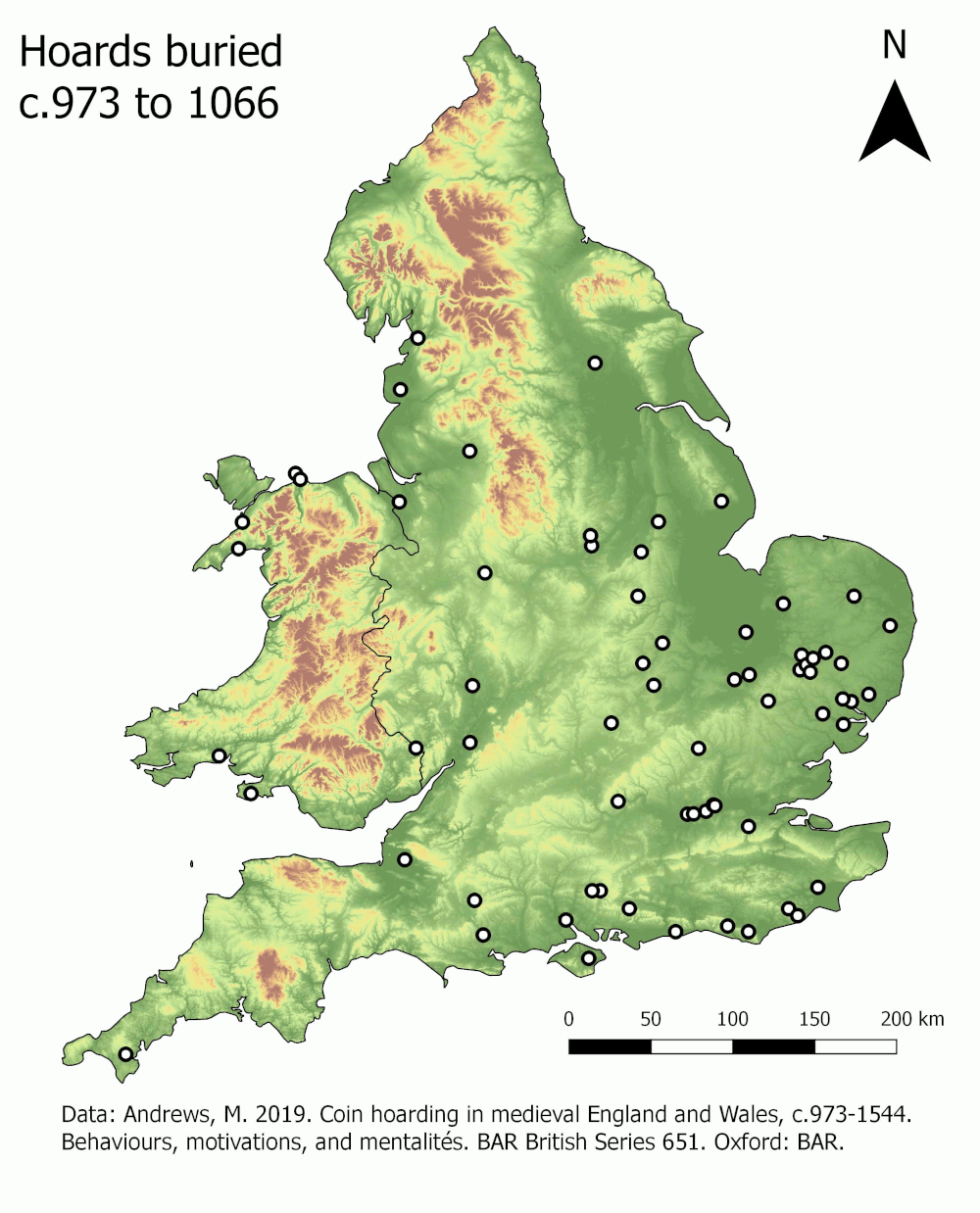It’s fair to say that 2020 has been a difficult and unusual year for the heritage sector. In the face of an ongoing pandemic, we’ve all had to find new ways of delivering high-quality work while remaining safe and healthy. Fortunately, heritage professionals are an adaptable and resilient bunch, and much work has continued under new conditions. Unfortunately, however, some activities and projects have had to be postponed until conditions improve.
In times like these, it’s important to celebrate the successes we make. So, in this spirit, I want to take a few minutes to reflect on this year’s achievements, and to look forward to new prospects in 2021.

Celebrating achievements in 2020
During 2020 I have worked on some fascinating projects with a range of professional clients and partners. Much of this work has involved the identification and analysis of coins found during development-led archaeological fieldwork: everything from Roman coins from East Yorkshire, to 18th-century tokens from Greater London. For other projects, however, I have turned my attention to material in museum collections. In December, for example, I started working on a new project with Museums Worcestershire, unlocking stories of empire and slavery hidden within their numismatic collections. It has been a great privilege to work on such a diverse body of material from all over!
Archaeology and numismatics both depend on a regular supply of new information and knowledge. For this reason, I’m pleased to have produced a number of new research publications in 2020. Among other things, these have included studies of antiquarian coin finds from London, Shropshire, and Worcestershire, significant new excavation coins from Saxon Lundenwic, and a round-up of recent medieval and post-medieval coin hoards reported through the Treasure Act 1996. Back in September I also had the pleasure of sharing some of my research into coin hoards with the wider public, making a video presentation for the online Festival of Coins.
Finally, I was deeply honoured to receive the British Numismatic Society’s Blunt Prize, in recognition of my ‘considerable output, energy and commitment to British numismatics’. Many thanks to the Society for this wonderful accolade.
What’s coming in 2021?
I look forward to sharing some exciting new work in 2021. On the publication front, I have some important articles and book chapters in the pipeline: these include an extended study of coin hoards from medieval settlements, which will soon appear in the Journal of Archaeological Numismatics, plus a review of some forgotten Tudor gold hoards for the next British Numismatic Journal. On top of these, I have several reports on excavation coins due out over the next 12 months. Plenty of stuff to wet your numismatic whistle – do check the ‘News‘ page for further details.
For those of you of a West Midlands bent, I also have some speaking engagements lined up. On 8 February I will be presenting a lecture to the Worcestershire Archaeological Society, exploring the contribution of coin finds to the study of Roman military activity. Not long after, I’ll be giving a bite-size talk at Worcester City Museum and Art Gallery on the rise and fall of Atlantic slavery, as seen through coins, tokens, and medals in their collection. Given the current circumstances, both will be virtual presentations streamed online. More details will be circulated closer to the time.
As ever, I look forward to providing high-quality, cost-effective archaeological and numismatic services for interested clients. In 2020 I have completed projects for a range of commercial units, community groups, and museums, and I am excited to continue this work in 2021. So, if you have any project enquiries – small or large, near or far – be sure to get in touch.
Many thanks to all the clients, colleagues, and friends that I’ve worked with during this unusual year, and best wishes to all for a happy 2021!




